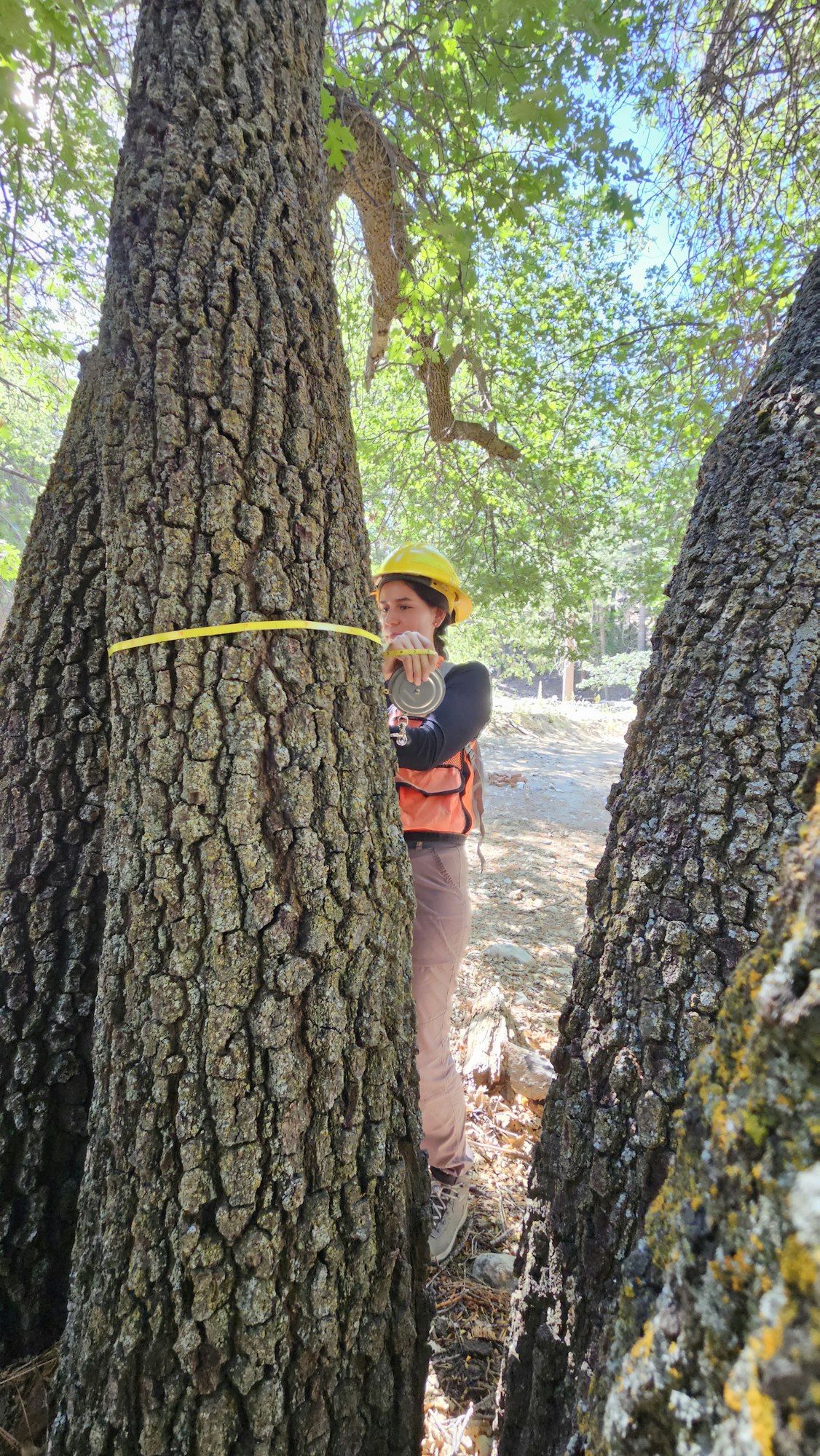Goldspotted Oak Borer

The goldspotted oak borer (GSOB), Agrilus auroguttatus, is a flathead beetle that is native to southeastern Arizona but was likely introduced to California via infested firewood. Now, native oak woodlands throughout the state are at risk due to the rapid rate of spread and aggressive feeding behavior of this pest. Adult beetles are approximately 0.4 inches long and 0.08 inches wide and capable of flight. Mated females lay eggs on mature oak trees, and upon hatching, the larvae burrow below the bark where they feed, creating long, meandering galleries that disrupt nutrient transport. The beetle completes one generation each year, and while some trees are capable of withstanding several years of attack, the aggressive feeding by successive generations of GSOB eventually kills the tree if left untreated.
Goldspotted oak borer eggs are too small to be visible, and the larvae stay hidden in the galleries beneath the bark of the host tree until they pupate into adults and emerge. Because of their shape, emerging adults form a distinctive 0.15-inch-wide D-shaped exit hole, so identifying these holes is the primary method for detecting host trees. Other visible external symptoms of GSOB infestation include thinning of the tree canopy, which progressively worsens over time, as well as wet brown, black or red stains on the exterior of the tree. (via Irvine Ranch Conservancy. View more information here)


















Confirmed Areas of Infestation within our District:

Click here to view all confirmed areas of infestation.
Other Resources: click to download






